We put the Xiaomi 13 Ultra through our rigorous DXOMARK Camera test suite to measure its performance in photo, video, and zoom quality from an end-user perspective. This article breaks down how the device fared in a variety of tests and several common use cases and is intended to highlight the most important results of our testing with an extract of the captured data.
Overview
Key camera specifications:
- Primary: 5 0MP 1″ sensor, 1.6μm pixels, f/1.9 and f/4.0-aperture lens, AF, OIS
- Ultra-wide: 50MP 1/2.51″ sensor, f/1.8-aperture lens
- Tele 1: 50 MP 1/2.51″ sensor, 75 mm equivalent f/1.8-aperture lens
- Tele 2: 50 MP 1/2.51″ sensor, 120 mm equivalent f/3.0-aperture lens
Scoring
Sub-scores and attributes included in the calculations of the global score.
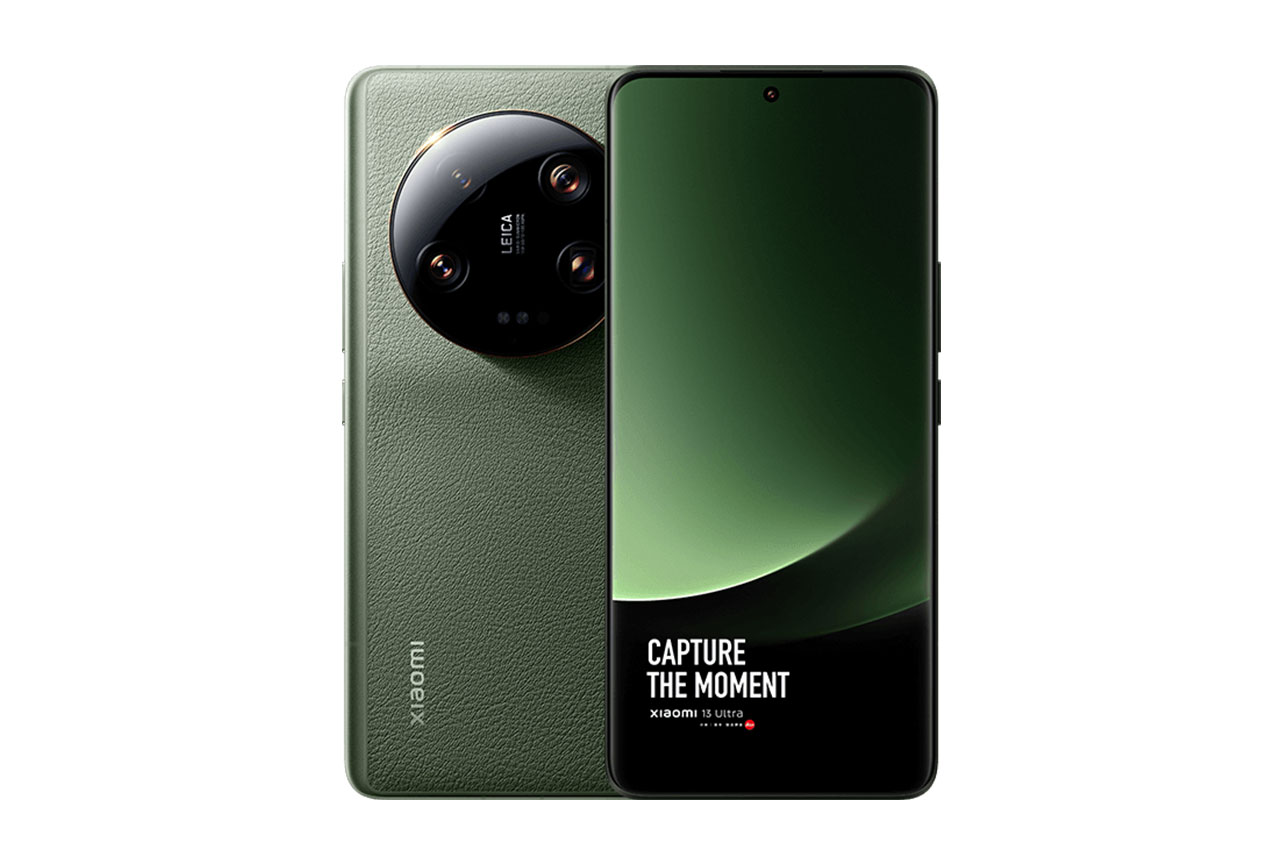
Xiaomi 13 Ultra


Use cases & Conditions
Use case scores indicate the product performance in specific situations. They are not included in the overall score calculations.
Outdoor
Photos & videos shot in bright light conditions (≥1000 lux)
Indoor
Photos & videos shot in good lighting conditions (≥100lux)
Lowlight
Photos & videos shot in low lighting conditions (<100 lux)
Friends & Family
Portrait and group photo & videos
Pros
- Very consistent image quality on all the zoom range
- Pleasant and neutral white balance in photo and video
- Fairly wide dynamic range in photo
- Fairly good texture-noise trade-off in most test conditions
- Smooth and accurate video autofocus
- Good face exposure, even in very dark night shots
Cons
- Delay between pressing the shutter and capture
- Oversaturated colors in outdoor conditions
- Tone compression on faces in high dynamic range scenes
- Halo effect sometimes in outdoor shots
- White balance and exposure transition issues sometimes visible in video
- Occasional scene integrity artifacts on moving elements in videos
- Segmentation errors are sometimes visible in bokeh
With its performance in our tests, the Xiaomi 13 Ultra has secured itself a position among the top part of the DXOMARK camera ranking. The camera benefitted especially from its remarkable results in the zoom category. Thanks to the impressive combination of four camera modules and clever tuning, the 13 Ultra was capable of providing one of the most consistent experience across the zoom range we have seen to date.
In default mode, the Xiaomi 13 Ultra’s main camera aperture is fixed at f/1.9. But one of the most interesting technical features of the Xiaomi 13 Ultra is the option for a duo aperture, which allows the aperture to automatically switch between f/1.9 and f/4.0, depending on the scene. It’s a shame that Xiaomi chose not to implement this duo aperture as a default setting, instead, requiring the user to select it in a menu. While the variable aperture remains a unique feature on Ultra-premium devices, the Huawei P60 Pro makes it part of its default mode.
In photo mode, the Xiaomi 13 Ultra did especially well in low light, with excellent exposure and color rendering, and is among the best devices for this light condition. In contrast to many direct competitors which have a tendency to oversharpen detail, texture and detail rendering were very natural. On the downside, we also noticed some tone compression in high-contrast scenes which often resulted in washed out images and an overall unnatural look. This is something we had previously seen on other Xiaomi devices.
Video clips recorded on the 13 Ultra were overall rendered nicely, with significant improvements over the Xiaomi 13 Pro in terms of autofocus performance. However, we noticed some issues with color and exposure transitions during scene changes, as well as some scene integrity artifacts on moving subjects.
When compared to its predecessor, the Xiaomi 12S Ultra, the 13 Ultra produced images with a similar rendering, with a significant improvement in zoom, as well as in video color and video autofocus. Although the 13 Ultra performed well in many attributes, exposure instabilities remain a common issue in Xiaomi devices. Even some setbacks in the latest model were observed when compared with the 12S Ultra, such as in video artifacts like ghosting. In addition, video noise was slightly more intrusive in bright light compared to other competitors, and stabilization was inconsistent.
These factors, along with some autofocus and exposure-transition issues, partially prevented the 13 Ultra from scoring higher in the overall camera ranking and reaching the Top 5.
The efficient autofocus system, sharp detail rendering and bright colors helped the Xiaomi 13 Ultra capture nice portraits. In addition, the camera was capable of freezing motion and keeping motion blur to a minimum. This makes it a great option for shooting scenes with moving subjects. The wide dynamic range ensured good exposure as well as shadow and highlight detail in backlit portraits. On the downside, skin tones were not always rendered accurately, and a limited depth of field meant background subjects in group shots could be out of focus.
In low-light conditions, the Xiaomi 13 Ultra performed very well, securing a spot among the best smartphones for low-light shooting. Detail was generally well preserved, with only limited motion blur. A wide dynamic range ensured that highlight clipping was kept to a minimum. Image noise was less well controlled than in brighter light conditions, but noise levels were still comparatively low.
Test summary
About DXOMARK Camera tests: DXOMARK’s Camera evaluations take place in laboratories and in real-world situations using a wide variety of subjects. The scores rely on objective tests for which the results are calculated directly by measurement software on our laboratory setups, and on perceptual tests in which a sophisticated set of metrics allow a panel of image experts to compare aspects of image quality that require human judgment. Testing a smartphone involves a team of engineers and technicians for about a week. Photo, Zoom, and Video quality are scored separately and then combined into an Overall score for comparison among the cameras in different devices. For more information about the DXOMARK Camera protocol, click here. More details on smartphone camera scores are available here. The following section gathers key elements of DXOMARK’s exhaustive tests and analyses. Full performance evaluations are available upon request. Please contact us on how to receive a full report.
Photo
Xiaomi 13 Ultra
169
For scoring and analysis, DXOMARK engineers capture and evaluate more than 2,600 test images both in controlled lab environments and in outdoor, indoor and low-light natural scenes, using the camera’s default settings. The photo protocol is designed to take into account the main use cases and is based on typical shooting scenarios, such as portraits, family, and landscape photography. The evaluation is performed by visually inspecting images against a reference of natural scenes, and by running objective measurements on images of charts captured in the lab under different lighting conditions from 1 to 1,000+ lux and color temperatures from 2,300K to 6,500K.
The Xiaomi 13 Ultra is a great option for taking still images. Photos were generally well exposed, with nice colors in most light conditions, and showed good detail and sharpness.
The Xiaomi 13 Ultra offers two different color modes: Authentic and Vibrant. Like we did for previous Xiaomi devices, we picked Vibrant for testing. In this sample shot, the differences between the two modes are quite visible. Color rendering is vivid in Vibrant mode, while Authentic produces more natural colors, slightly darker exposure and stronger contrast. It also comes with fairly pronounced vignetting, which is penalized in our scoring system because of its pronounced intensity.
Close-Up
Close-up is the third new use case score introduced with DXOMARK Camera version 5. It evaluates the camera’s ability to capture detail at subject distances below 10cm and magnifications as close as possible to 1:1.
When trying to shoot a closeup, photographers try to physically get as close to the object or subject as possible while keeping the target in focus. Our tests showed that the Xiaomi 13 Ultra’s minimum focus distance was farther away than the 13 Pro’s, and much farther away than the Huawei P60 Pro’s minimum focus, which resulted in a slightly lower magnification and a lower level of detail when shooting close-up images. Texture rendering was generally smooth in close-up mode but lacked sharpness. In this sample the differences in magnification between the test devices were very noticeable.

Exposure
Xiaomi 13 Ultra
130
Exposure is one of the key attributes for technically good pictures. The main attribute evaluated is the brightness of the main subject through various use cases such as landscape, portrait, or still life. Other factors evaluated are the contrast and the dynamic range, eg. the ability to render visible details in both bright and dark areas of the image. Repeatability is also important because it demonstrates the camera's ability to provide the same rendering when shooting several images of the same scene.
The Xiaomi 13 Ultra achieved one of the best results for dynamic range to date, but it did not quite match the class-leader Huawei P60 Pro. Face exposure was generally spot on most of the time, even in backlit scenes with challenging lighting.
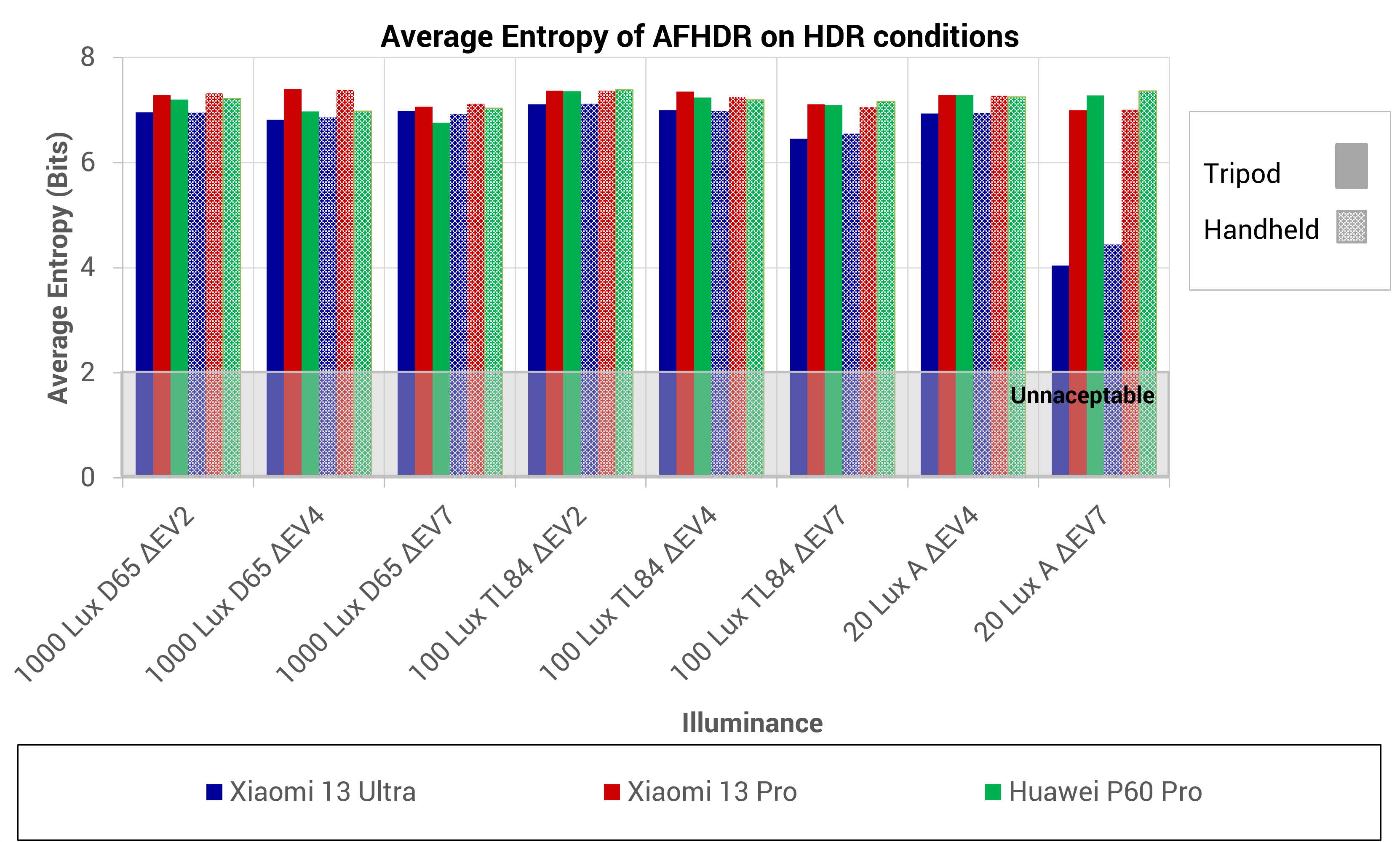
In bright outdoor lighting, our testers found exposure to be very unstable, especially in high-contrast portrait scenes, with strong variation between consecutive shots. Variations were also visible on bright skies, with highlight clipping in some shots but not in others, resulting in a fairly inconsistent user experience.
In backlit portrait scenes, target exposure was sometimes too bright, with low contrast resulting in a noticeable halo effect and an overall unnatural look to the scene.

Color
Xiaomi 13 Ultra
130
Color is one of the key attributes for technically good pictures. The image quality attributes analyzed are skin-tone rendering, white balance, color shading, and repeatability. For color and skin tone rendering, we penalize unnatural colors but we respect a manufacturer's choice of color signature.
The Xiaomi 13 Ultra generally produced very bright and accurate colors. However, sometimes oversaturation could result in an unnatural rendering of the scene. For example, greens had a tendency to turn into yellow in sunny conditions. This can be seen in the figure below. The white spots represent the reference values for the green patches on the ColorChecker test chart. The green dots are the actual values produced by the device, measured on these patches. The green ellipse marks the area in which color rendering for a patch is considered good, outside the red ellipse is not acceptable. As we can see, the light green dot is outside the acceptable area, strongly shifting towards yellow.
The auto white balance system worked nicely, especially in outdoor conditions where it usually produced neutral results. Generally, the Xiaomi 13 Ultra behaved in the same way as the 13 Pro in terms of white balance, but in some scenes, such as the one below, improvements were noticeable.

Autofocus
Xiaomi 13 Ultra
125
Autofocus tests concentrate on focus accuracy, focus repeatability, shooting time delay, and depth of field. Shooting delay is the difference between the time the user presses the capture button and the time the image is actually taken. It includes focusing speed and the capability of the device to capture images at the right time, what is called 'zero shutter lag' capability. Even if a shallow depth of field can be pleasant for a single subject portrait or close-up shot, it can also be a problem in some specific conditions such as group portraits; Both situations are tested. Focus accuracy is also evaluated in all the real-life images taken, from infinity to close-up objects and in low light to outdoor conditions.
In our autofocus tests, the Xiaomi was capable of very fast capture, but not consistently so. As you can see in the graph above, there was quite some variation of the actual capture time between consecutive shots. The Huawei P60 Pro, which is ranked the best-in-class in autofocus, would capture slightly before the trigger; the Xiaomi 12S ultra was consistently late; and the Xiaomi 13 Ultra was sometimes both — a little too early or too late in capture.
Zero shutter lag is a feature that allows pictures to be captured at the exact moment the shutter button is pressed. It’s very useful especially in scenes with motion, such as the table tennis match below. We performed this test several times, triggering the shutter at exactly the moment when the player on the right hit the ball. As the examples show, the Xiaomi produced quite different results across multiple shots.
In the first image, the ball was already on the other side of the net at the time of capture. In the other two images, the ball had not yet been hit. In both cases, the intended moment of capture was missed. In addition, the strong exposure instability suggests that the capture lag is likely linked to HDR rendering and exposure time, which was significantly shorter for the underexposed images. In addition, we observed sharper detail with the faster capture.
In bright outdoor conditions, our testers also observed erratic trigger behavior. In the following scenes of a subject throwing a ball up in the air, the shutter was triggered every time the ball was above the subject’s head. On several occasions, the right moment was missed, with the camera capturing the image either too soon or too late. In the examples, below, the last two examples were captured too early.
The 13 Ultra is one of only very few smartphone cameras to offer a variable aperture. The default aperture, which we tested, is fixed at f/1.9. At this setting, depth of field is quite narrow, which meant that background subjects in group shots were out of focus.
Because the variable aperture is not a default setting on the 13 Ultra, we activated the feature in from the menu and performed a small out-of-the-protocol test to see how it would behave. The camera changed to f/4.0 aperture when more than one face was detected in a portrait scene. In the three examples below, the point of focus in the scene was the person in the foreground. At f/4.0, depth of field was wider, but not as wide as on the Huawei P60 Pro, which was capable of rendering background subjects sharper.

Texture
Xiaomi 13 Ultra
125
Texture tests analyze the level of details and the texture of subjects in the images taken in the lab as well as in real-life scenarios. For natural shots, particular attention is paid to the level of details in the bright and dark areas of the image. Objective measurements are performed on chart images taken in various lighting conditions from 1 to 1000 lux and different kinds of dynamic range conditions. The charts used are the proprietary DXOMARK chart (DMC) and the Dead Leaves chart.
In our tests the Xiaomi 13 Ultra was capable of rendering very good detail. It was slightly above the 13 Pro, especially in indoor and low-light conditions. Compared to the Huawei P60 Pro, the Xiaomi 13 Ultra applied less sharpening, opting for a more natural rendering. However, the level of fine detail was perceptually lower than on the P60 Pro.
With moving subjects in the scene, the Xiaomi 13 Ultra was capable of freezing motion effectively, minimizing motion blur.
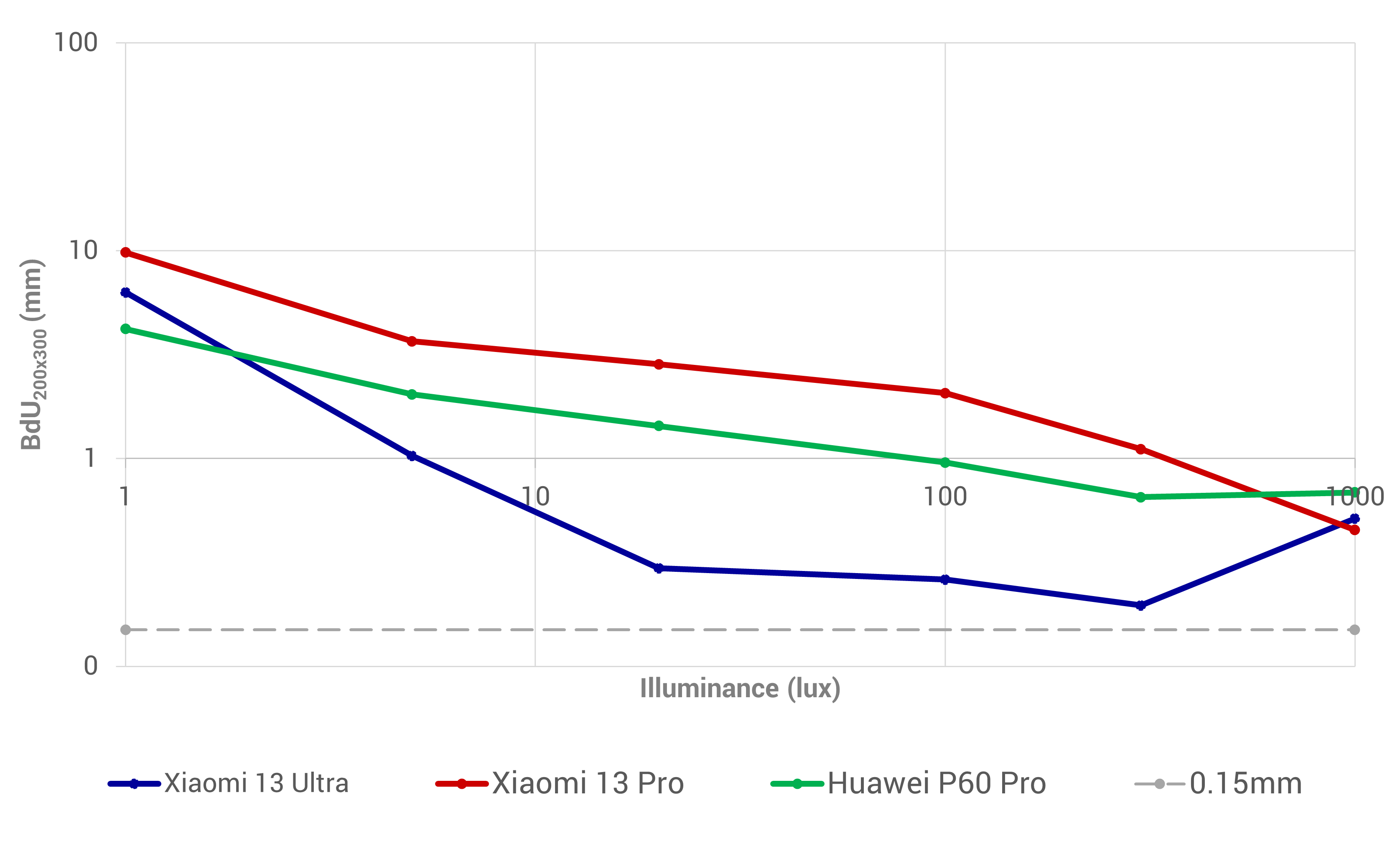

Noise
Xiaomi 13 Ultra
117
Noise tests analyze various attributes of noise such as intensity, chromaticity, grain, structure on real-life images as well as images of charts taken in the lab. For natural images, particular attention is paid to the noise on faces, landscapes, but also on dark areas and high dynamic range conditions. Noise on moving objects is also evaluated on natural images. Objective measurements are performed on images of charts taken in various conditions from 1 to 1000 lux and different kinds of dynamic range conditions. The chart used is the Dead Leaves chart and the standardized measurement such as Visual Noise derived from ISO 15739.
Image noise was pretty well under control on the 13 Ultra, with results very close to the 13 Pro in most conditions. We observed mostly luminance noise rather than the more intrusive chroma noise. In low light, the camera applied stronger noise reduction, resulting in a different texture/noise trade-off than in other light conditions.

Artifacts
Xiaomi 13 Ultra
82
The artifacts evaluation looks at lens shading, chromatic aberrations, geometrical distortion, edges ringing, halos, ghosting, quantization, unexpected color hue shifts, among others type of possible unnatural effects on photos. The more severe and the more frequent the artifact, the higher the point deduction on the score. The main artifacts observed and corresponding point loss are listed below.
Our experts observed halo effects on some images that were usually captured in daylight conditions. The effect tended to be noticeable around faces but could also be seen on objects.
Bokeh
Xiaomi 13 Ultra
85
Bokeh is tested in one dedicated mode, usually portrait or aperture mode, and analyzed by visually inspecting all the images captured in the lab and in natural conditions. The goal is to reproduce portrait photography comparable to one taken with a DLSR and a wide aperture. The main image quality attributes paid attention to are depth estimation, artifacts, blur gradient, and the shape of the bokeh blur spotlights. Portrait image quality attributes (exposure, color, texture) are also taken into account.
The Xiaomi 13 Ultra uses its 75mm tele lens in bokeh mode and achieved a nice bokeh rendering with good blur intensity in our tests. Subject isolation was improved over the Xiaomi 13 Pro but there remained a significant gap to the Huawei P60 Pro, which produced noticeably better results.
The Xiaomi 13 Ultra applied strong skin smoothening to subjects in bokeh mode unlike with the photo mode. In comparison, the Huawei P60 Pro is capable of preserving the freckles.
Preview
Xiaomi 13 Ultra
93
Preview tests analyze the image quality of the camera app's preview of the image, with particular attention paid to the difference between the capture and the preview, especially regarding dynamic range and the application of the bokeh effect. Also evaluated is the smoothness of the exposure, color and focus adaptation when zooming from the minimal to the maximal zoom factor available. The preview frame rate is measured using the LED Universal Timer.
The preview image on the phone’s display differed significantly from the final capture in terms of dynamic range. Dynamic range was noticeably more limited on the preview, which resulted in strong highlight clipping in high-contrast scenes.
Zoom
Xiaomi 13 Ultra
169
DXOMARK engineers capture and evaluate over 400 test images in controlled lab environments and in outdoor, indoor, and low-light natural scenes, using the camera’s default settings and pinch zoom at various zoom factors from ultra wide to very long-range zoom. The evaluation is performed by visually inspecting the images against a reference of natural scenes, and by running objective measurements of chart mages captured in the lab under different conditions from 20 to 1000 lux and color temperatures from 2300K to 6500K.
The Xiaomi 13 Ultra made it among the best devices for Zoom and showed improvements in this category over the Xiaomi 13 Pro. The useful zoom range is very large, ranging from the ultra-wide at 12.4mm equivalent to still pleasant images captured at 200mm tele zoom. Compared to the Xiaomi 13 Pro, the ultra-wide camera provides an even wider field of view, and the addition of a dedicated 120mm long tele camera resulted in noticeably improved image quality at long zoom settings. The 13 Ultra’s zoom was one of the most consistent across the zoom range that we have seen, with natural detail rendering and no oversharpening. However, sometimes levels of detail were not quite as high as on the Huawei P60 Pro.
Video Zoom
Our testers found the 13 Ultra’s video zoom quality to be poor with HDR video mode enabled. HDR video is only available on the primary camera, and digital zoom is applied for a limited zoom range of 1x to 6x. The resulting image quality was poor.
With HDR mode switched off, the user experience was much better, with smooth pinch zooming across the entire range. Detail was well preserved at wide settings and long range tele, but some loss of detail was noticeable at close and medium range.

Wide
Xiaomi 13 Ultra
122
These tests analyze the performance of the ultra-wide camera at several focal lengths from 12 mm to 20 mm. All image quality attributes are evaluated, with particular attention paid to such artifacts as chromatic aberrations, lens softness, and distortion. Pictures below are an extract of tested scenes.
The 13 Ultra’s ultra-wide camera offers a wider field of view than most competitors, and image quality was well balanced across all test categories, with accurate exposure, fairly neutral white balance, and well-controlled image artifacts. The texture/noise trade-off could have been better, though. Detail was acceptable close to the native focal length of the camera, but not quite on par with the P60 Pro. Noise was often noticeable as well. When zooming slightly in, to a focal length of around 16mm to 18mm equivalent, the level of captured detail decreased, and the finest details were lost. Noise remained quite intrusive when zoomed in, even in bright light.

Tele
Xiaomi 13 Ultra
128
All image quality attributes are evaluated at focal lengths from approximately 40 mm to 300 mm, with particular attention paid to texture and detail. The score is derived from a number of objective measurements in the lab and perceptual analysis of real-life images.
The Xiaomi 13 Ultra comes equipped with two dedicated tele cameras with 75mm and 120mm equivalent focal lengths. In our tests, these cameras provided a very good performance across the entire tele range, up to 200mm. Image rendering was generally pleasant in terms of both exposure and color. Texture rendering was natural and noise was fairly well under control.
The Xiaomi 13 Ultra emphasized natural detail instead of sharpening and ringing. This resulted in pleasant detail rendering, even though some fine detail was lost.
In addition to the 13 Ultra’s slight loss of details in the example above, we noticed color inaccuracies in the foliage.
At long range, the Xiaomi 13 Ultra still provided decent image quality. The second tele camera helped improve detail significantly over the 13 Pro. But the Huawei P60 Pro remains ahead of the game.
At very long range, a loss of detail was noticeable on all devices, but it was less pronounced on the 13 Ultra than on the 13 Pro model. The P60 Pro also had the lead at this tele zoom setting.
Video
Xiaomi 13 Ultra
159
DXOMARK engineers capture and evaluate more than 2.5 hours of video in controlled lab environments and in natural low-light, indoor and outdoor scenes, using the camera’s default settings. The evaluation consists of visually inspecting natural videos taken in various conditions and running objective measurements on videos of charts recorded in the lab under different conditions from 1 to 1000+ lux and color temperatures from 2,300K to 6,500K.
The Xiaomi 13 Ultra’s video mode was tested at 4K resolution and 30 frames per second, with Dolby Vision enabled. For the original HDR rendering, the YouTube video samples have to be watched on a compatible HDR screen. On other screens, a compressed SDR video is displayed. The Huawei P60 Pro video samples were recorded in Vivid HDR, while the Xiaomi 13 Pro’s videos were recorded in SDR.
Please note that for illustration and comparison purposes in this article, the HDR video screenshots are 10-bit files that have been tone-mapped to SDR using a tone mapping technique that renders the perceived target exposure, darks preservation and texture-noise rendering as close as possible to what could be seen on the HDR monitor, but may incorrectly display the highlights and overall perceived contrast.
Video clips recorded with the Xiaomi 13 Ultra were overall rendered nicely. Color was an outstanding feature, thanks to generally pleasant color rendering and contrast in bright light and indoors, as well as improved transitions during scene changes than we had seen on the 13 Pro. This said, some instabilities were still noticeable. Global contrast was pleasant, too, especially in outdoor conditions, but contrast rendering was unstable in changing scenes.

Exposure
Xiaomi 13 Ultra
116
Exposure tests evaluate the brightness of the main subject and the dynamic range, eg. the ability to render visible details in both bright and dark areas of the image. Stability and temporal adaption of the exposure are also analyzed.
Target exposure was generally accurate in bright light and indoors, with a wide dynamic range. Contrast rendering was mostly accurate and pleasant in high-contrast scenes, showing an improvement over the Xiaomi 13 Pro. In low-light conditions, target exposure was a little under the P60 Pro, as seen in the example below.
Exposure transitions in changing scenes were a bit of a weak point, with slight inaccuracies and stepping. In the example below, the change of exposure after the subject is going out of the scene is not necessary because target exposure was already accurate.

Color
Xiaomi 13 Ultra
120
Image-quality color analysis looks at color rendering, skin-tone rendering, white balance, color shading, stability of the white balance and its adaption when light is changing.
Video color was one of the 13 Ultra’s strong points. White balance was generally accurate in most conditions. Transitions during scene changes were smooth, without any major adaptation issues or overshoot. Color rendering was generally accurate, especially in daylight, despite occasional oversaturation.

Autofocus
Xiaomi 13 Ultra
120
The video autofocus was generally quick to react, but the focus changes from close range to infinity could sometimes take too long. Focus transitions were generally smooth, and focus stability was better than on the 13 Pro, especially in low light, but our testers still noticed some instabilities, like in this scene where the focus switched from the subject to the flower in the background — the, same as on the 13 Pro.

Texture
Xiaomi 13 Ultra
118
Texture tests analyze the level of details and texture of the real-life videos as well as the videos of charts recorded in the lab. Natural videos recordings are visually evaluated, with particular attention paid to the level of details in the bright and areas as well as in the dark. Objective measurements are performed of images of charts taken in various conditions from 1 to 1000 lux. The charts used are the DXOMARK chart (DMC) and Dead Leaves chart.
Texture rendering in video mode was accurate in most conditions, especially under daylight where fine detail was preserved nicely. However, our testers observed some texture artifacts, including a local loss of texture in shadow areas of the frame and scene integrity artifacts that were often noticeable with motion in the scene. In this clip, parts of the subject’s hair can be seen moving independently from the rest of the hair, creating an unnatural effect.

Noise
Xiaomi 13 Ultra
120
Noise tests analyze various attributes of noise such as intensity, chromaticity, grain, structure, temporal aspects on real-life video recording as well as videos of charts taken in the lab. Natural videos are visually evaluated, with particular attention paid to the noise in the dark areas and high dynamic range conditions. Objective measurements are performed on the videos of charts recorded in various conditions from 1 to 1000 lux. The chart used is the DXOMARK visual noise chart.
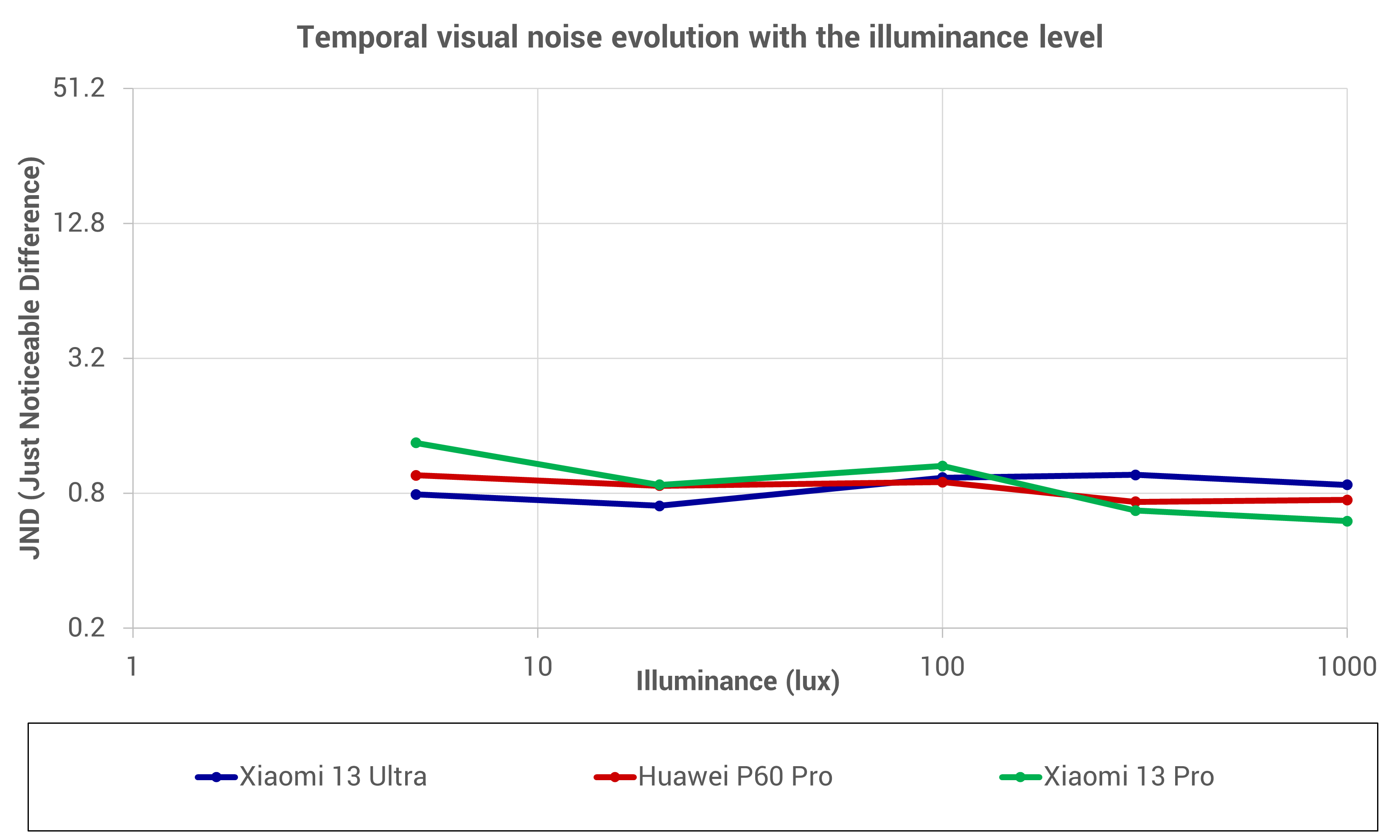
Temporal visual noise is measured on the visual noise chart in the video noise setup.
Video noise was noticeable in most conditions, even in bright light. Under indoor conditions it was more intrusive than on the 13 Pro, but noise levels were lower in low light.

Stabilization
Xiaomi 13 Ultra
119
Stabilization evaluation tests the ability of the device to stabilize footage thanks to software or hardware technologies such as OIS, EIS, or any others means. The evaluation looks at residual motion, smoothness, jello artifacts and residual motion blur on walk and run use cases in various lighting conditions. The video below is an extract from one of the tested scenes.
Video stabilization performed on a similar level as on the Xiaomi 13 Pro indoors and in low light. However, our testers observed more camera shake when recording in bright light. In addition, jello effects were observed in outdoor conditions (on trees and ground while walking in the video below), as well as frameshift (at 3 and 23 seconds in the video below).

Artifacts
Xiaomi 13 Ultra
86
Artifacts are evaluated with MTF and ringing measurements on the SFR chart in the lab as well as frame-rate measurements using the LED Universal Timer. Natural videos are visually evaluated by paying particular attention to artifacts such as aliasing, quantization, blocking, and hue shift, among others. The more severe and the more frequent the artifact, the higher the point deduction from the score. The main artifacts and corresponding point loss are listed below.
Ringing and ghosting were the most intrusive artifacts in video mode. A slight ringing was often visible in all tested conditions. Ghosting was noticeable occasionally with motion across all light conditions, sometimes affecting a large proportion of the frame.


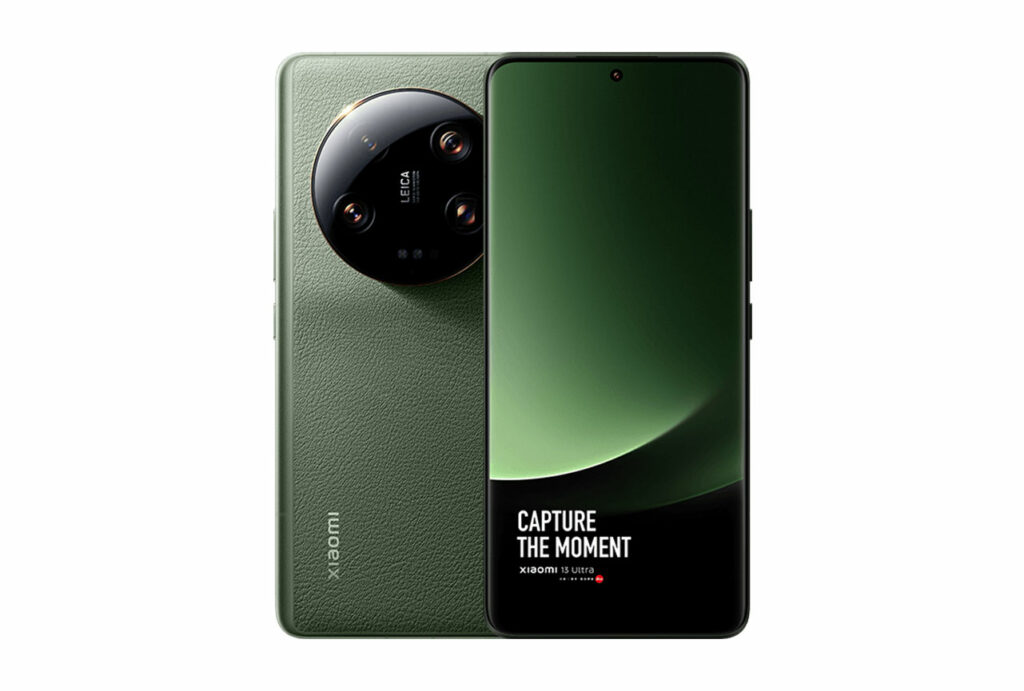
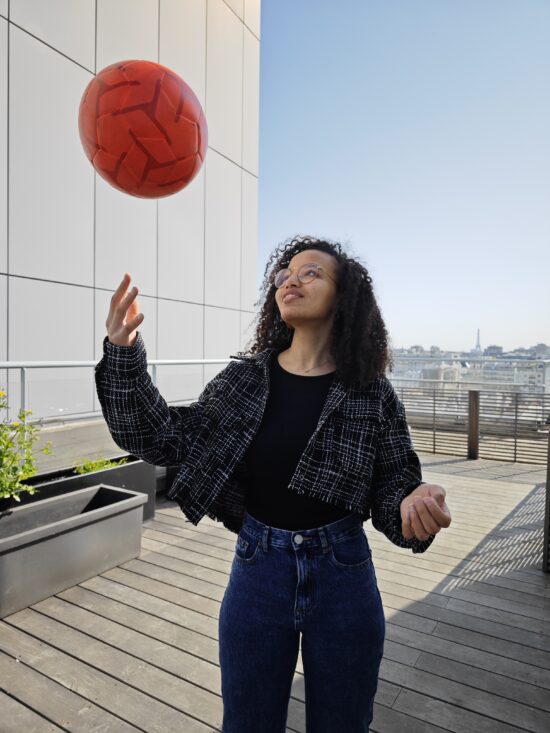
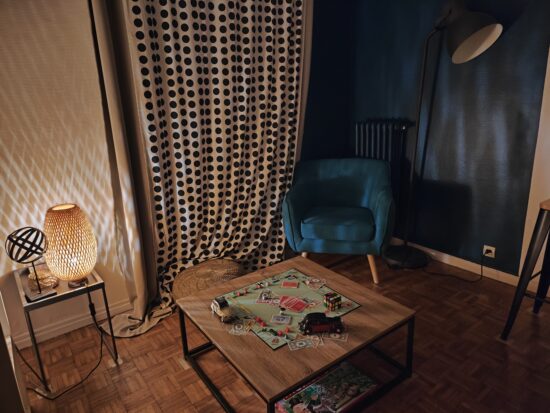













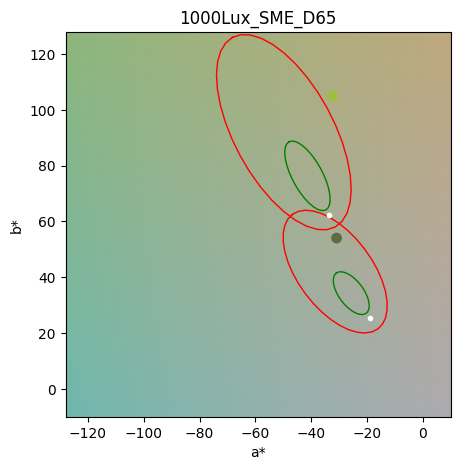



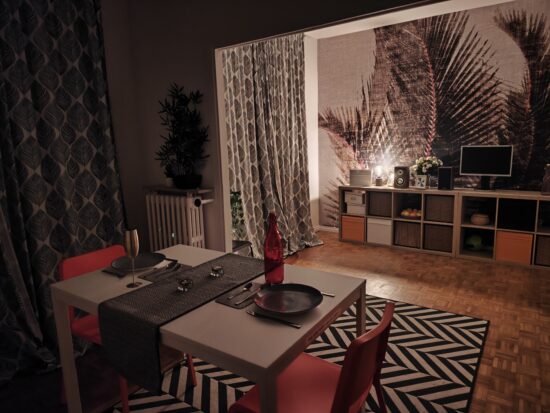
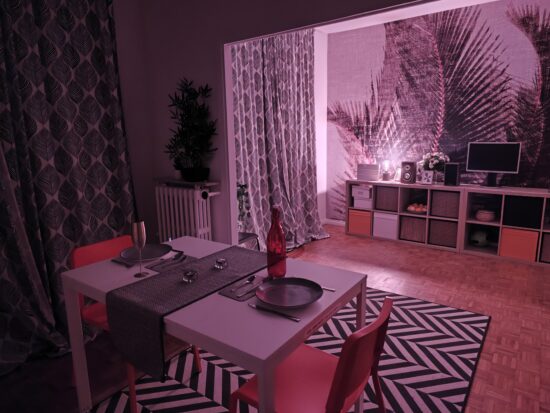
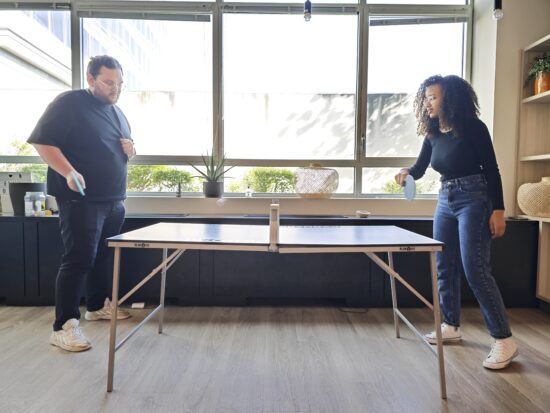
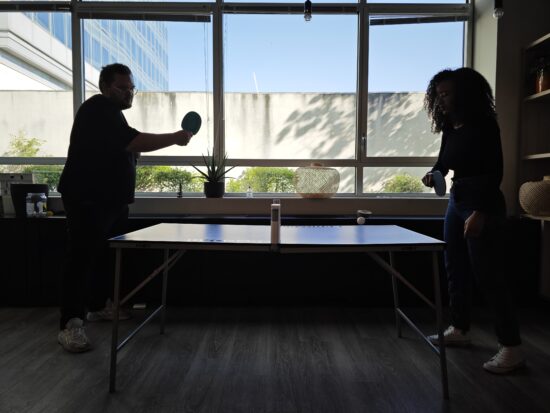
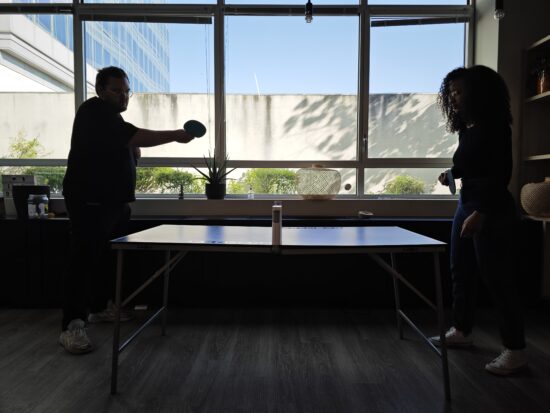
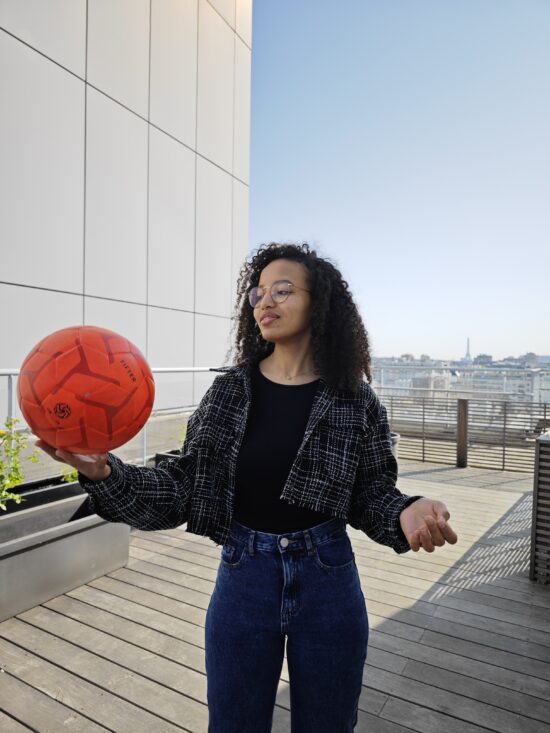

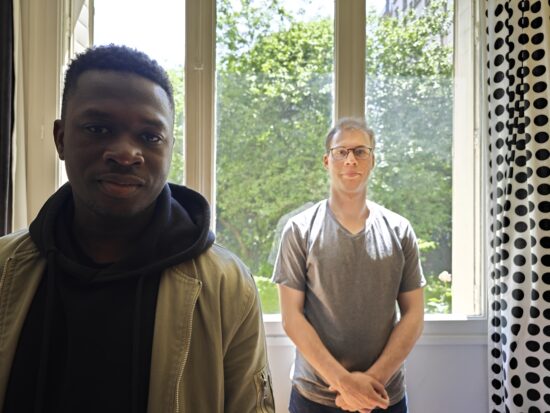
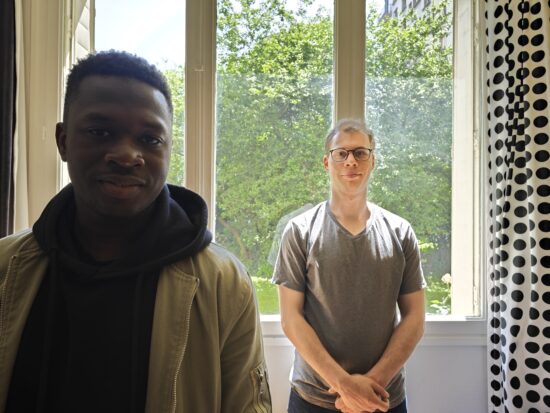


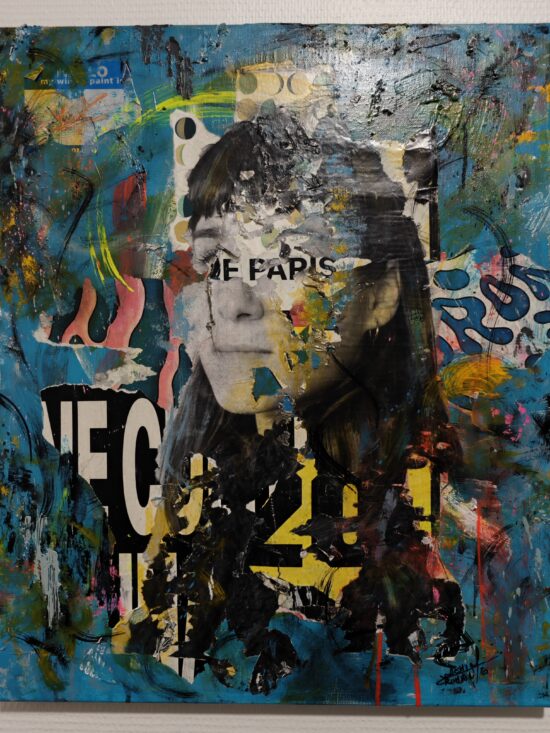

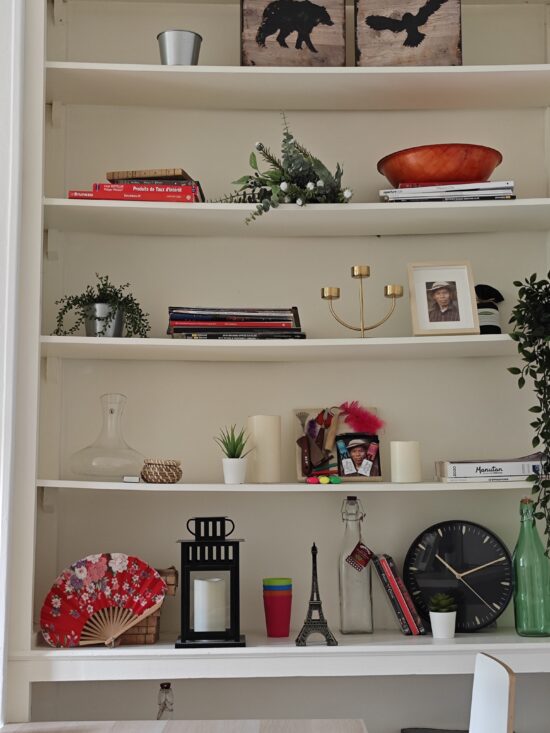


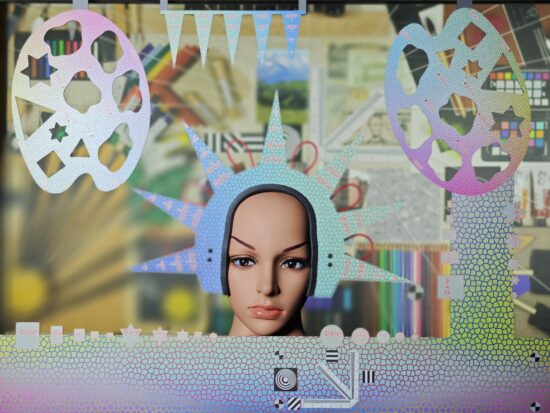





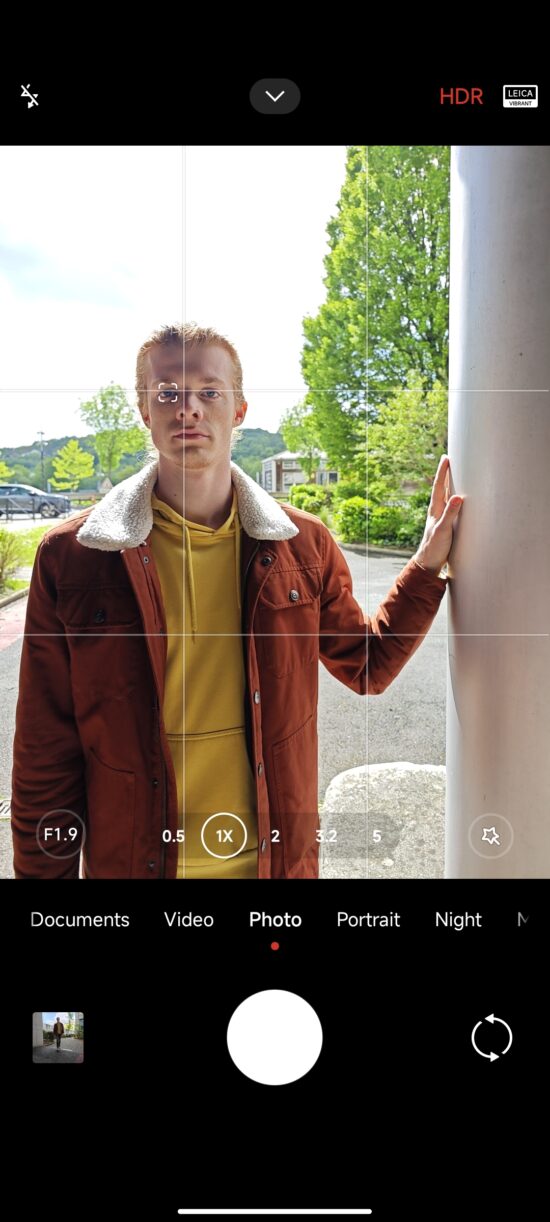
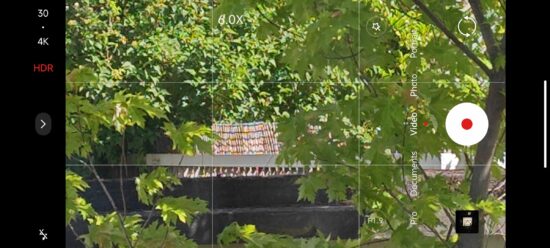
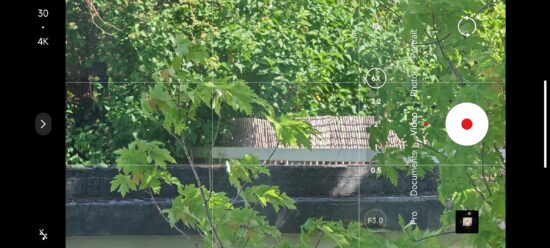



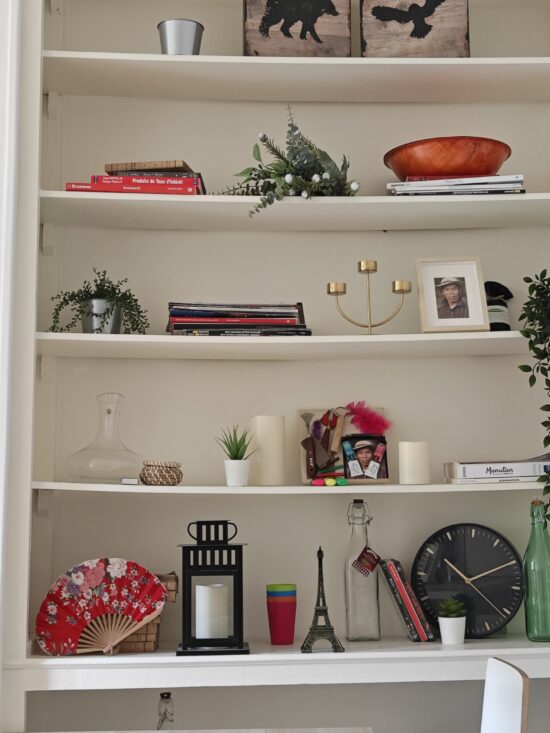



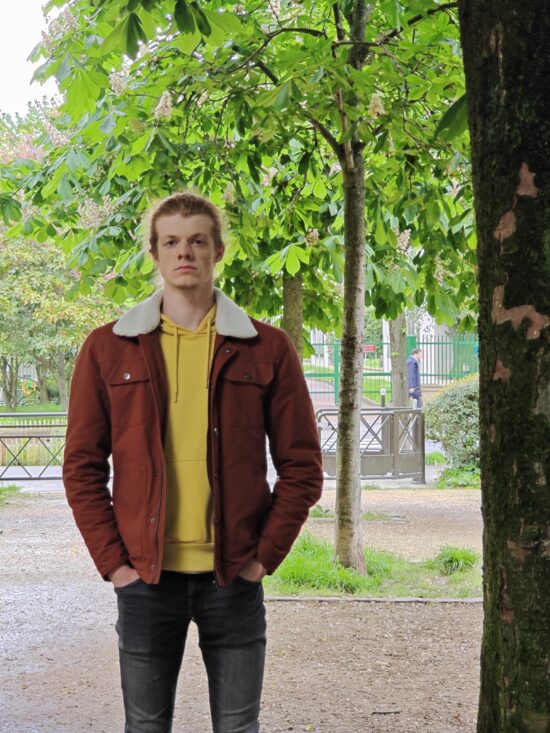
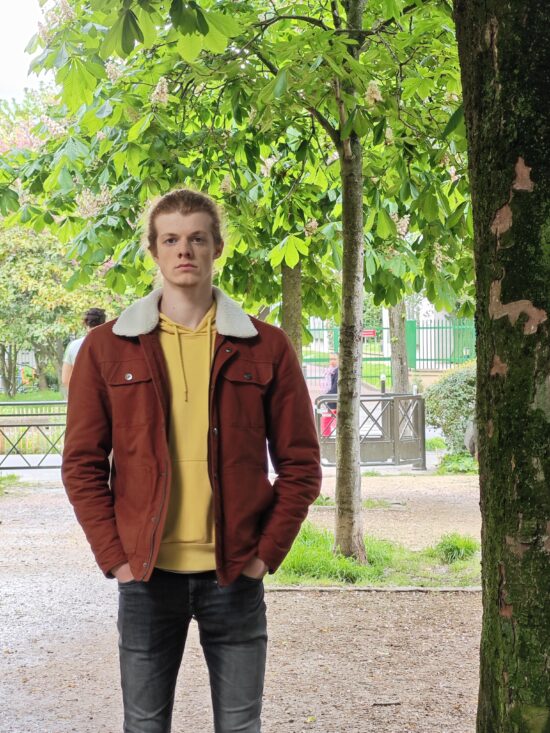

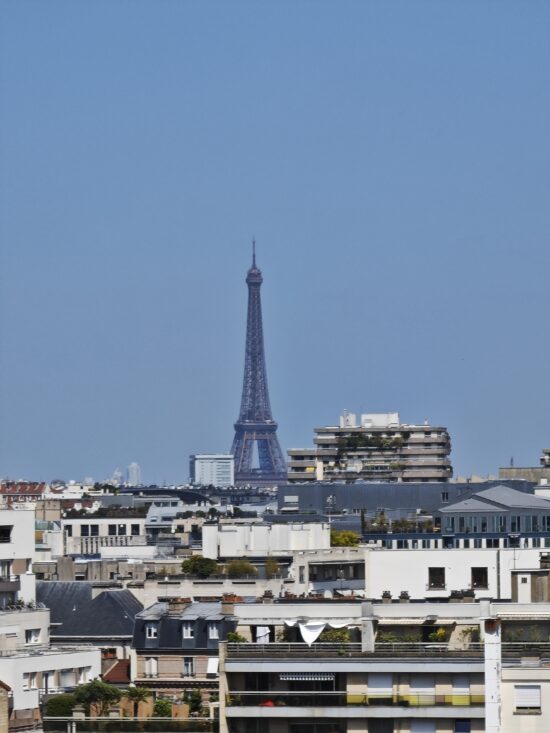
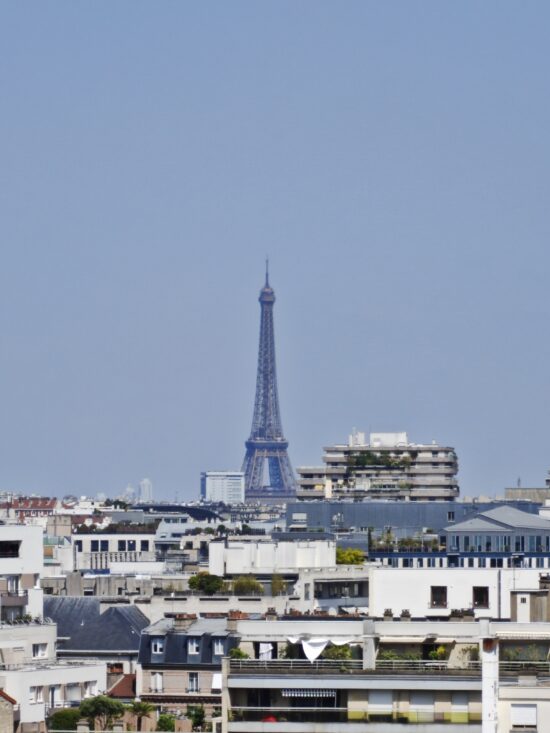
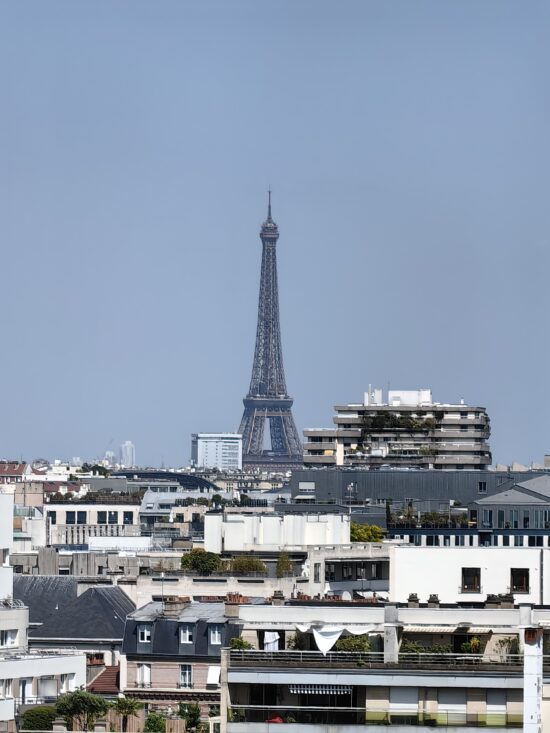





DXOMARK encourages its readers to share comments on the articles. To read or post comments, Disqus cookies are required. Change your Cookies Preferences and read more about our Comment Policy.